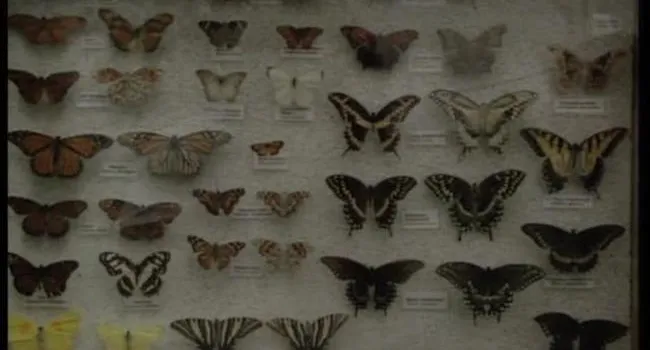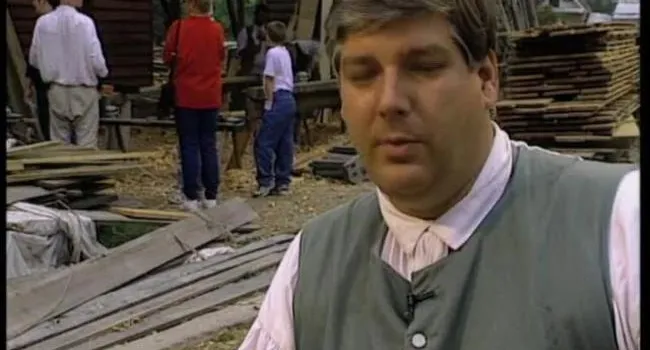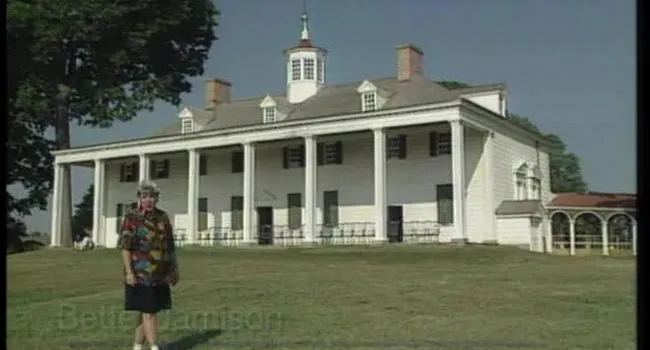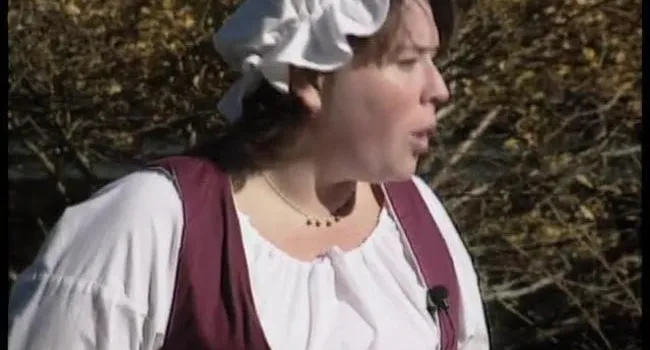The first of the three State House buildings was located in Charleston, South Carolina, in the mid-18th century. After the Revolutionary War, the capital of South Carolina was moved from Charleston to Columbia. New plans were made for the second State House, which was built in the late 1780s. It served as the governmental building until Sherman burned it on February 17, 1865. Construction of the third, and present, State House began in the 1850s. Construction was slow, and the Civil War further delayed its progress. It was not completed until 1905, but, due to a lack of funds, it still lacked many of the details of the original plans.
The State House renovation project was a blend of history and archaeology. Many artifacts were found during the renovation, including carved marble, a box lock and key, pieces of a chandelier, pry bars, chisels, horseshoes, railway spikes, a coppersmith’s hammer, gas fixtures, ceramic tiles, insulators, a flag box and lanyard, and light bulbs. The artifacts show a range of times in construction, especially since the building was never really completed until now. The artifacts confirm events and illustrate an evolution in history. The flag lanyard artifact has four clips to hold two flags, unlike the three flags flown from 1963 until 2000.
Standards
- 4.3.CX Contextualize South Carolina’s role in the development of sectionalism during the antebellum period.
- 4.4.CO Compare the economic and political causes of the Civil War.
- 4.4.CC Identify and evaluate the economic, political, and social changes experienced throughout the Civil War.
- 8.3.CO Compare the debates between South Carolina and the federal government regarding slavery, federalism, and the Constitution.
- This indicator was developed to encourage inquiry into the debates, heightened by Westward Expansion, over federal and state power concerning slavery, and the government's role in protecting and securing natural rights.
- 8.3.CE Examine consequences of the major Civil War military strategies.
- This indicator was designed to encourage inquiry into the Civil War focusing on the impacts of military strategies and major turning points on South Carolina and the U.S.
Resources
You need to be logged in to listen to view this content. Create an account now; it's quick, easy, and free!
Log In to View


































